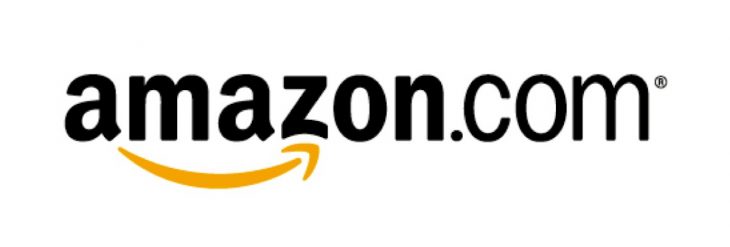Amazon’s private label and Prime push seen as mild threats to Wal-Mart
by June 19, 2017 3:00 pm 743 views

Before Amazon pulled the trigger on the blockbuster $13.7 billion bid to buy Whole Foods, the online retail titan was already strategizing ways to try grow market share share in consumables and woo more lower income shoppers into its Prime membership fold.
A recent report from One Click Retail indicates Amazon is grabbing a large portion of the sales growth in health and personal care (HPC) products. In the first quarter of 2017, total U.S. sales in the category were $80.6 billion, down 1% from the same period in 2016.
Amazon’s HPC category sales totaled $1.3 billion, rising 30% from the prior-year period. While Amazon is growing sales, its overall market share in the category is still quite small.
The report also found Amazon’s first quarter diaper sales increased 30%, baby formula sales jumped 80% and baby food receipts rose 15%, from the prior-year period. The baby category is worth about $30 billion annually according to TABS Analytics and while it’s growing online, just 20% of sales last year in the baby category occurred through e-commerce. TABS also reports that Amazon has about 43% of the online baby sales annually which are valued at $2.58 billion.
Looking at online and offline, TABS estimated Wal-Mart’s market share in the baby category is about 18%, or $5.4 billion, while Target has a 13% total share worth $3.9 billion.
One Click also showed Amazon taking some share in grocery with its Prime Pantry offering. That said, less than 3% of U.S. grocery sales take place online. Spencer Millerbert CEO of One Click estimates there are more than 65 million Amazon Prime members. He said Prime members are more likely to buy consumables online. Still, Wal-Mart commands about 21% of the grocery market share, compared to Amazon/Whole Foods combined $2.5%.
PRIVATE LABEL/ PRIME PUSH
Private label is another area Amazon has been focusing on, and according to Mashable the results speak for themselves. Amazon’s private label diapers garnered 15% of the online market share last year. Huggies had 33% of the share and Pampers 25%. Amazon’s batteries commanded a 31% online market share, a full 10% more than Duracell and even more against Panasonic’s 12% share and Energizer’s 10%.
To put that in comparison, Wal-Mart has a thriving private label business and it also continues to invest in quality and accessibility of those products which are sold in stores and online. While Wal-Mart doesn’t have a private label batteries it has expanded its baby offerings in recent years with proprietary baby foods, diapers and other accessories.
In addition to the e-tailer’s efforts to push private label, Amazon also recently lowered the cost of its Prime Membership to $5.99 per month for low-income consumers who have Electronic Benefits Transfer (EBT) card associated with food stamps. This move has the potential bring in another 20% of the U.S. population, who quality for the reduced membership, according to Morningstar.
Amazon exec Greg Greeley said earlier this month the company designed the membership option for customers receiving government assistance in order to “make our everyday selection and savings more accessible.”
Analysts don’t think the lower $5.99 per month membership cost will woo a vast majority of the lower-end customers into Amazon Prime. In many cases these shoppers have a very limited budget and often shop the low-end discounters for groceries and consumables. Also many of the low income shoppers’ only access to online ordering is with smartphones and the mobile shopping experience itself can be cumbersome.
Eric Howerton, CEO of Whytespyder, said recently people browse product with mobile or they may research price but they are not yet buying via mobile.
Wal-Mart execs have said its stores are often busy at midnight just ahead of the funds being loaded on the EBT cards. The retailer said customers often are in line for diapers, milk and other consumables the instant the funds are available.
Using that rationale, it’s unlikely this shopping demographic will have two days to wait for those product once they are ordered.
OTHER THREAT
Keith Anderson, vice president of strategy for Profitero, recently told Talk Business & Politics that Aldi’s planned expansion and Lidl’s entry into the U.S. present a threat every bit as big as the Amazon/Whole Foods marriage should the deal pass regulatory scrutiny.
He said value shoppers at Wal-Mart very much align with those at Aldi and Lidl, much more so than with Whole Foods shoppers or Amazon Prime members. Anderson has said Wal-Mart’s online grocery pickup, which is now in roughly 700 stores and will be in 1,000 by year’s end, is a strong defensive play against Amazon grocery for the time being, even when considering the 460 Whole Foods locations.
Wal-Mart has roughly 4,600 U.S. stores which are located within 10 miles of 90% of the U.S. population. Amazon/Whole Foods stores do not overlap with the Wal-Mart’s footprint, Anderson said.
